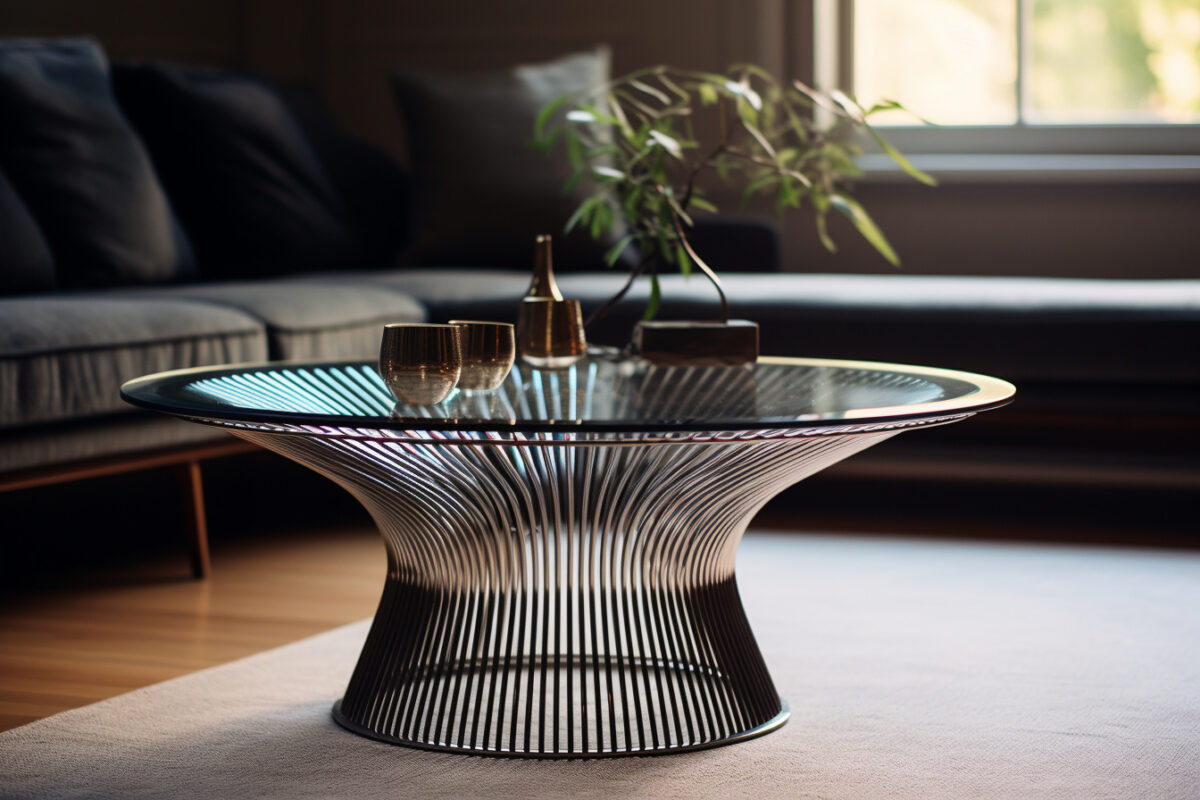Platner Table
08
Oct
Maintenance and Care for a Platner Table
Warren Platner created some of the most elegant and iconic designs of the modern era when he used vertical steel wire rods to produce h...
08
Oct
The Platner Table: Using the S plan to decorate.
The Platner table was popular from its release in 1966 and quickly became accepted as one of the most elegant and iconic designs to co...

